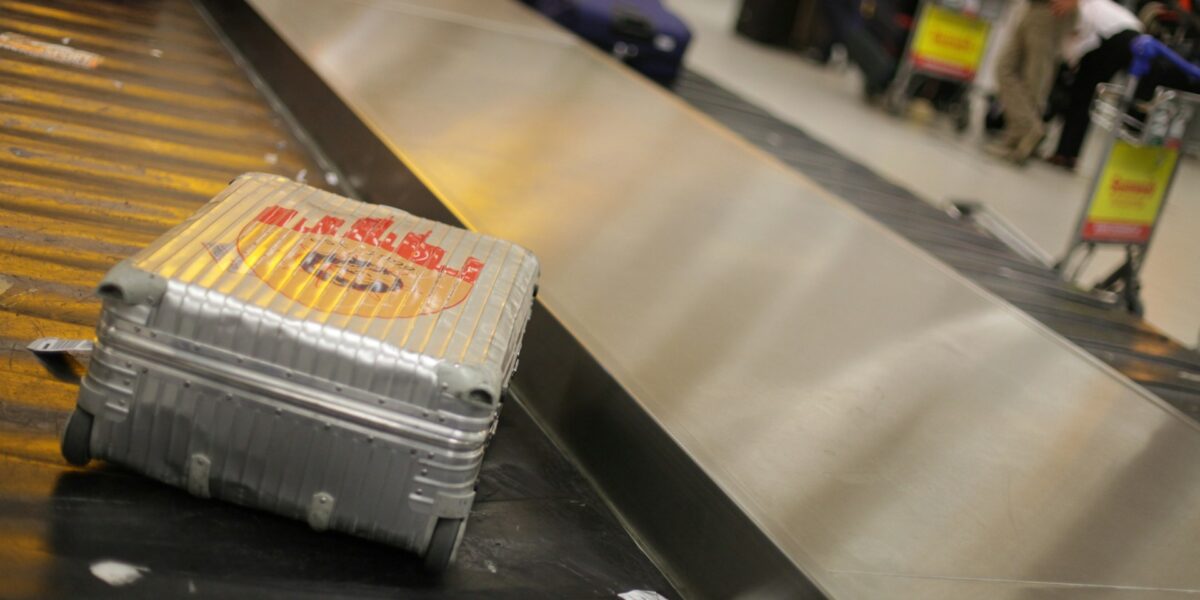Telluride Airport: A Comprehensive Overview
Telluride Regional Airport (TEX) is a public airport located six miles west of the town of Telluride, Colorado. Nestled in the San Juan Mountains, it serves as a gateway for travelers seeking adventure in the renowned Telluride Ski Resort and the surrounding scenic areas.
At an elevation of 9,070 feet, it holds the title of the highest commercial airport in North America. This unique elevation presents both advantages and challenges for pilots and passengers alike. The infrastructure is designed to accommodate a variety of aircraft, although some restrictions apply due to its elevation and runway length.
History and Development
The airport opened in 1984, primarily to support the increasing tourist influx in Telluride. The development was driven by the region’s growing popularity as a ski destination. Over the years, enhancements have been made to improve safety and capacity. Runway extensions and modern navigational aids have been added to accommodate larger aircraft and ensure safer landings and takeoffs.
Operations and Facilities
Telluride Airport accommodates both commercial and general aviation services. The terminal is relatively small but well-equipped to handle seasonal tourist traffic. It includes passenger amenities such as a waiting area, restrooms, and limited concessions. Ground transportation options are available to facilitate easy transfer to the town and ski resorts.
- Runway: The single asphalt runway 9/27 measures 7,111 feet in length.
- Navigation: Equipped with GPS and VOR approaches for all-weather operations.
- Services: Fuel services, aircraft parking, and maintenance facilities.
Weather and Climate Considerations
Weather plays a crucial role in operations at Telluride Airport. The high altitude and mountainous terrain can create challenging flying conditions. Winter weather can be particularly unpredictable, with heavy snowfall and strong winds common. Pilots must be specially trained to navigate these conditions. The airport has de-icing facilities and robust weather monitoring systems to support safe operations.
Air Traffic and Carriers
Telluride Airport sees a mix of commercial flights, private charters, and general aviation. Major airlines such as United Airlines and American Airlines offer seasonal flights, connecting Telluride to hubs like Denver and Dallas. The airport also accommodates a significant number of private jets, especially during peak ski season. Air taxi services are available for more flexible travel arrangements.
Economic Impact
The airport is a significant economic driver for the region. It supports tourism by providing quick and convenient access to Telluride’s ski resorts and natural attractions. Local businesses, from hotels to restaurants, benefit from the influx of visitors. The airport also supports jobs in aviation services, maintenance, and hospitality sectors.
Safety and Regulations
Due to its unique location, Telluride Airport adheres to stringent safety regulations. The Federal Aviation Administration (FAA) enforces these to ensure safe operations. Regular inspections and upgrades are mandated to keep the facilities in optimal condition. The airport has a well-trained ground crew and emergency services team to handle any incidents, ensuring passenger safety at all times.
Environmental Considerations
Environmental sustainability is a growing focus for Telluride Airport. Efforts are being made to reduce the ecological footprint. Initiatives include improving fuel efficiency, implementing waste reduction programs, and protecting the local wildlife and habitats. These efforts align with the broader goals of Colorado’s commitment to sustainability and environmental stewardship.
Future Prospects and Developments
Telluride Airport has plans for future development to enhance capacity and improve passenger experience. Potential upgrades include terminal expansion, improved parking facilities, and advanced navigational aids. The goal is to balance growth while maintaining the unique character and environmental integrity of the region.
Increased interest in remote work and vacationing has also impacted air traffic trends. The airport is exploring opportunities to cater to these new travel patterns while continuing to support traditional tourism. Community engagement remains a priority, ensuring that development aligns with local needs and values.
Accessibility and Amenities
Accessibility for travelers is a key focus. Shuttle services, rental cars, and ride-sharing options provide various ways to reach Telluride from the airport. The terminal offers basic amenities such as free Wi-Fi, charging stations, and comfortable seating areas. Efforts are underway to enhance these services to improve overall traveler satisfaction.
Accessibility improvements also extend to individuals with disabilities. The airport is compliant with the Americans with Disabilities Act (ADA), featuring ramps, elevators, and designated parking spots. Airport staff are trained to assist passengers requiring special accommodations, ensuring a smooth travel experience for all.
Cultural Impact
The airport significantly contributes to the cultural vibrancy of Telluride. By facilitating easy access, it supports events such as the Telluride Film Festival, Telluride Bluegrass Festival, and other cultural gatherings. These events draw international visitors, adding to the cosmopolitan atmosphere of the town while preserving its unique winter sports culture.
Community and Educational Outreach
Telluride Airport actively engages in community and educational outreach programs. Collaborations with local schools and educational institutions provide learning opportunities about aviation and aerospace. Initiatives include organized tours, educational workshops, and guest lectures from aviation professionals. These programs aim to inspire the next generation of aviation enthusiasts and professionals.
Challenges and Solutions
Operating at high altitudes poses specific challenges, including reduced oxygen levels and complex aerodynamics. Pilots undergo rigorous training to manage these factors effectively. The airport invests in state-of-the-art equipment and continuous staff training to maintain high safety standards. Innovations in aviation technology aid in overcoming these operational challenges.
Another challenge is maintaining infrastructure in harsh weather conditions. Winter temperatures and heavy snowfall can damage runways and facilities. The airport has a comprehensive maintenance program to address these issues promptly. Investments in durable materials and modern repair techniques ensure the longevity of the infrastructure.
Interesting Facts
- Telluride Airport was one of the first in the U.S. to implement a formal wildlife hazard management plan.
- The airport’s unique location has made it a popular spot for aviation photography enthusiasts.
- Despite its small size, the airport has hosted several notable guests, including celebrities visiting Telluride’s exclusive resorts.
- TEX was featured in the “Most Extreme Airports” list by History Channel due to its challenging flying conditions.
Key Contact Information
- Address: 1500 Last Dollar Road, Telluride, CO 81435
- Phone: (970) 728-5313
- Website: www.tellurideairport.com
By understanding the nuances of Telluride Airport, travelers can better prepare for their journey, ensuring a smooth and enjoyable experience. From its operational complexities to its contributions to the local economy and culture, Telluride Airport stands as a vital component of the region.
“`




Subscribe for Updates
Get the latest articles delivered to your inbox.
We respect your privacy. Unsubscribe anytime.